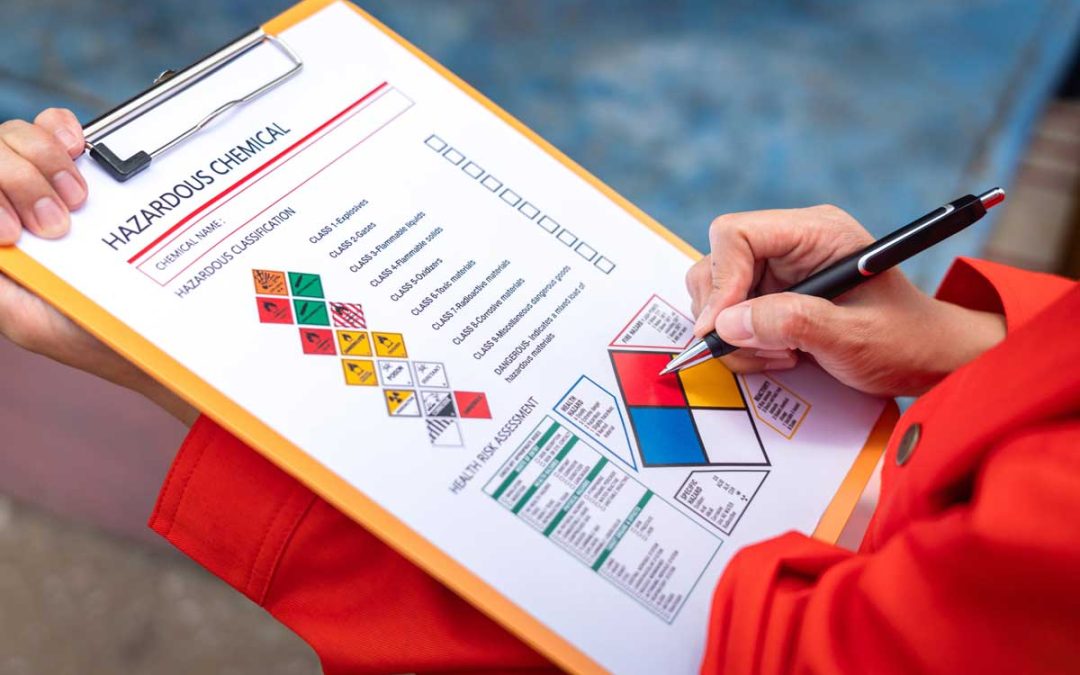Hazardous materials removal is a critical service that ensures the safety and well-being of individuals and communities. In Victoria, and on Vancouver Island, it is essential to understand what hazardous materials are and the process of their safe and effective removal. Safety and health come first.
What Are Hazardous Materials?
Hazardous materials are substances that pose significant risks to health, property, or the environment. These materials can include biohazards such as blood-borne pathogens, asbestos fibres, mold spores, and lead particles. Exposure to these substances can result in severe health problems, environmental contamination, and costly property damage. Therefore, professional identification, handling, and disposal of hazardous materials are crucial.
The Process of Hazardous Materials Removal
A thorough and systematic approach is necessary for hazardous materials removal to ensure the highest standards of safety and compliance.
- Assessment and Inspection: The first step in the process is a comprehensive assessment and inspection of the site. Certified technicians conduct detailed evaluations to identify the presence and extent of hazardous materials. This may involve sampling and testing to determine the specific types and levels of contamination.
- Customized Remediation Plan: Based on the assessment, a tailored remediation plan is developed. This plan outlines the procedures, equipment, and safety measures required to address the identified hazards. Each plan is customized to meet the unique needs of the site and ensure effective and efficient remediation.
- Containment: Before removal begins, containment barriers are established to prevent the spread of hazardous materials to unaffected areas. This may involve using negative air pressure systems and specialized containment techniques to create a controlled environment.
- Removal and Decontamination: Skilled technicians use state-of-the-art equipment and industry-approved methods to safely remove hazardous materials. This process includes the careful extraction and disposal of contaminated materials, followed by thorough decontamination of the affected areas.
- Disposal: Ensuring that all hazardous materials are disposed of in compliance with local, provincial, and federal regulations is essential. This involves transporting the materials to certified disposal facilities equipped to handle hazardous waste.
- Verification and Clearance Testing: After the remediation process, rigorous clearance testing is conducted to verify that the site is free from hazardous materials. This step ensures that the area is safe for reoccupation and use.
Specialized Services
Hazardous materials removal services can be tailored to different situations:
- Hoarding Cleanup: Hoarding situations require a compassionate and customized approach. Technicians work closely with individuals and families to create effective cleanup plans, ensuring safety and restoring habitable living spaces with empathy and respect.
- Crime Scene Cleanup: Crime scenes can be traumatizing and hazardous. Trained technicians handle biohazards such as blood-borne pathogens, ensuring thorough decontamination and restoring the area to a safe condition.
- Accident Cleanup: Accidents can lead to biohazardous conditions requiring immediate attention. Prompt response minimizes risks and ensures thorough decontamination, prioritizing safety and professionalism.
- Loss of Life Cleanup: Dealing with the aftermath of a loss of life is emotionally challenging. Professionals approach these situations with sensitivity, ensuring respectful and thorough cleanup to provide a safe environment for grieving families.
Asbestos, Mold, and Lead Remediation
In addition to biohazard cleanup, there are specific remediation processes for asbestos, mold, and lead:
- Asbestos Remediation: Detailed site assessments, safe removal, and disposal of asbestos-containing materials are conducted, ensuring compliance with regulations and the safety of property occupants.
- Mold Remediation: Thorough inspections and advanced techniques are used to eliminate mold, improving indoor air quality and preventing future mold growth.
- Lead Remediation: Comprehensive lead assessments and safe removal of lead-containing materials are performed, adhering to strict regulatory standards to ensure the safety of all involved.
Conclusion
Understanding the process of hazardous materials removal is crucial for maintaining your workplace or family’s health and safety in Victoria and on Vancouver Island. This overview highlights the importance of proper assessment, containment, removal, and disposal of hazardous materials. Specialized services for hoarding, crime scenes, accidents, and loss of life cleanups address the unique challenges of each situation with professionalism and empathy. Additionally, specific protocols for asbestos, mold, and lead remediation ensure thorough and compliant removal, safeguarding health and property.

